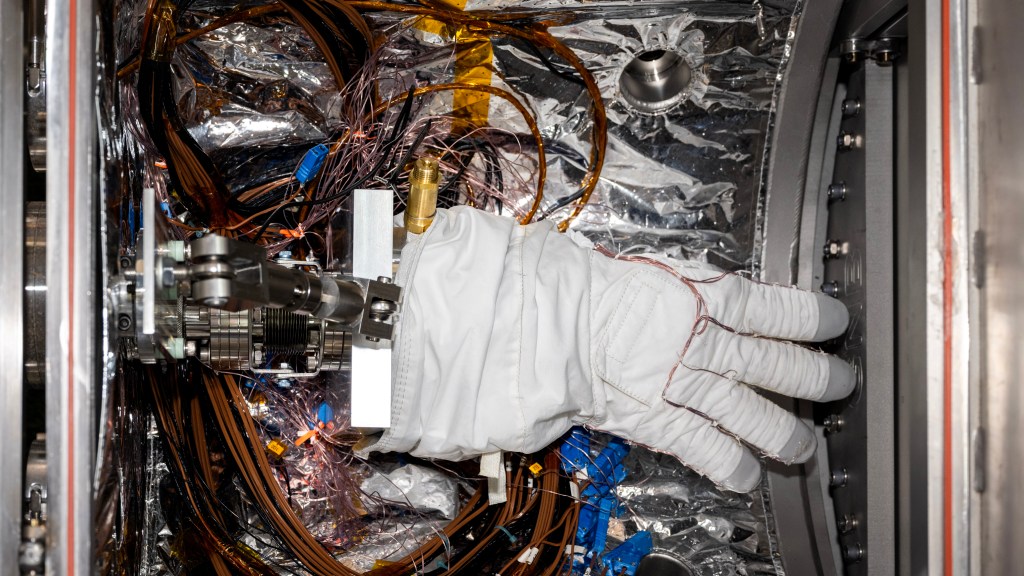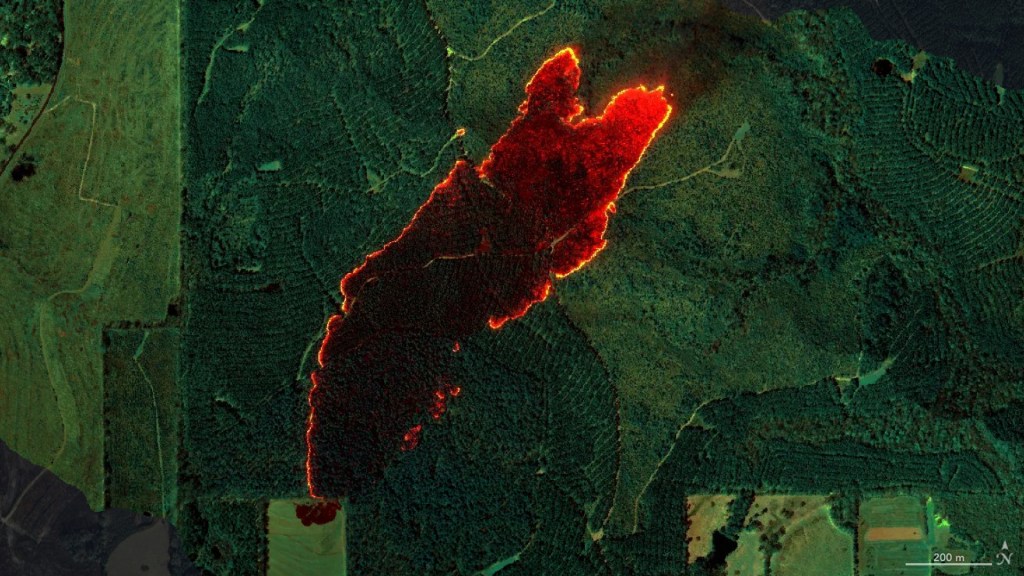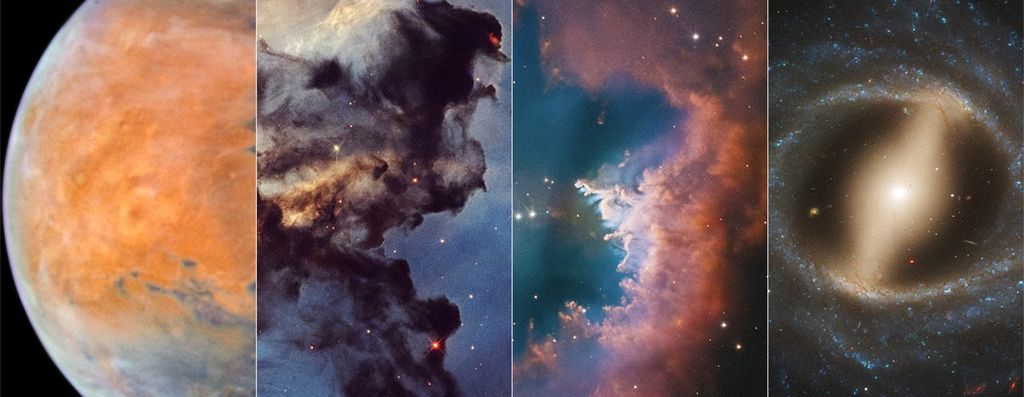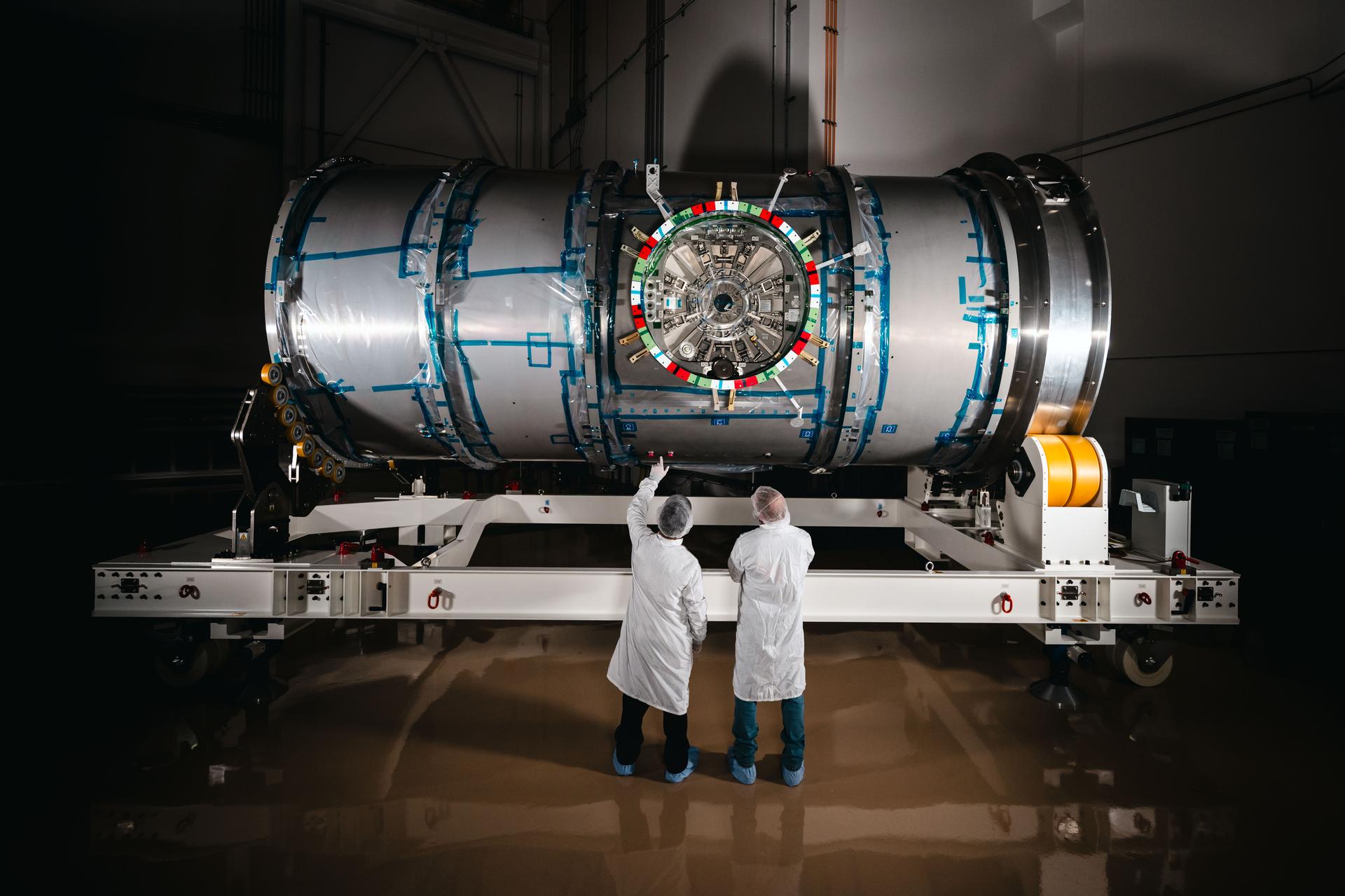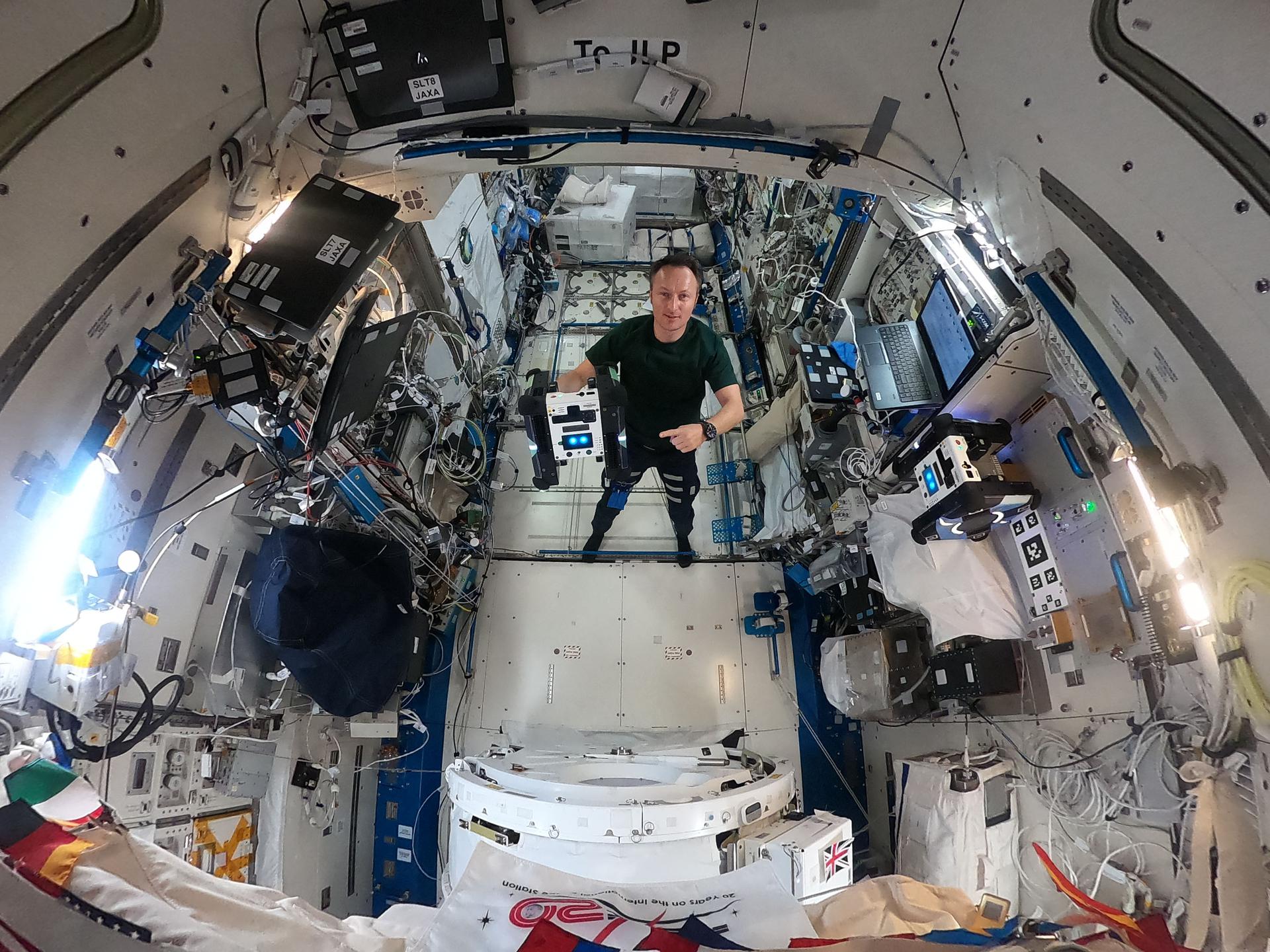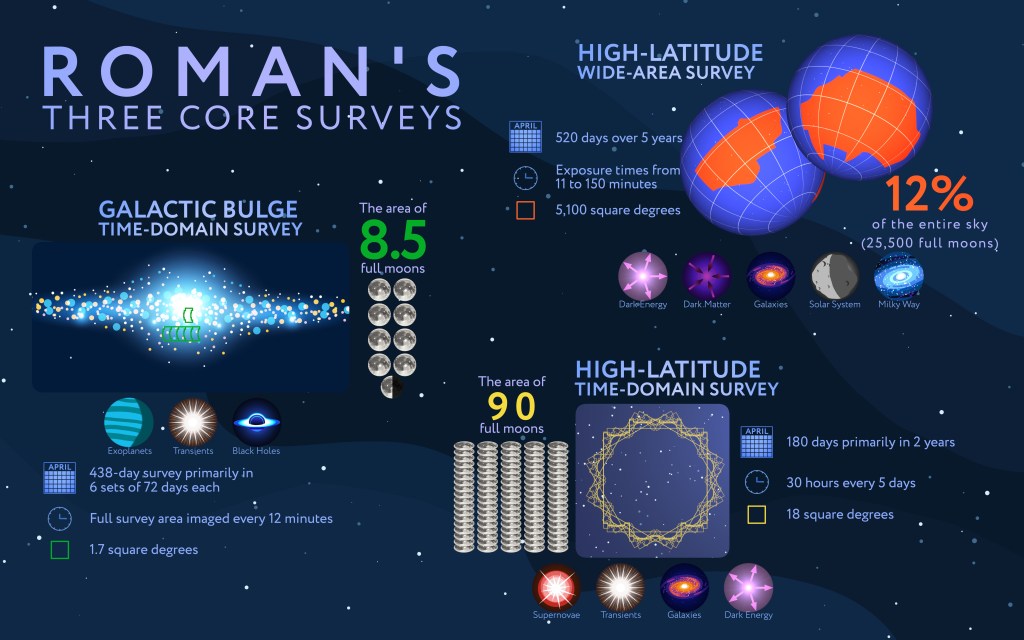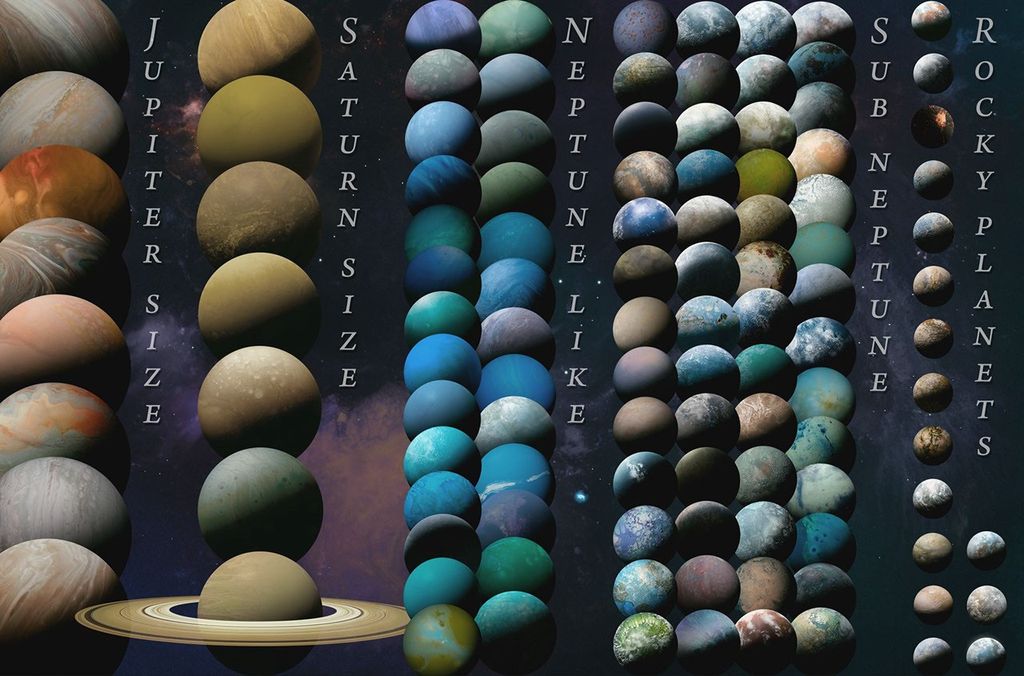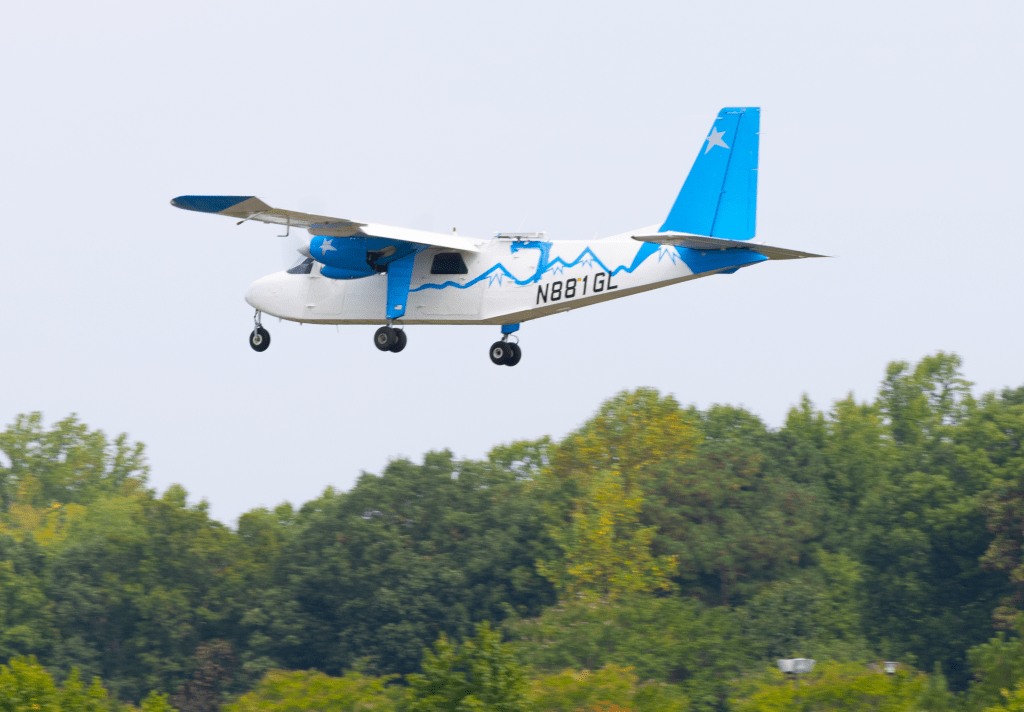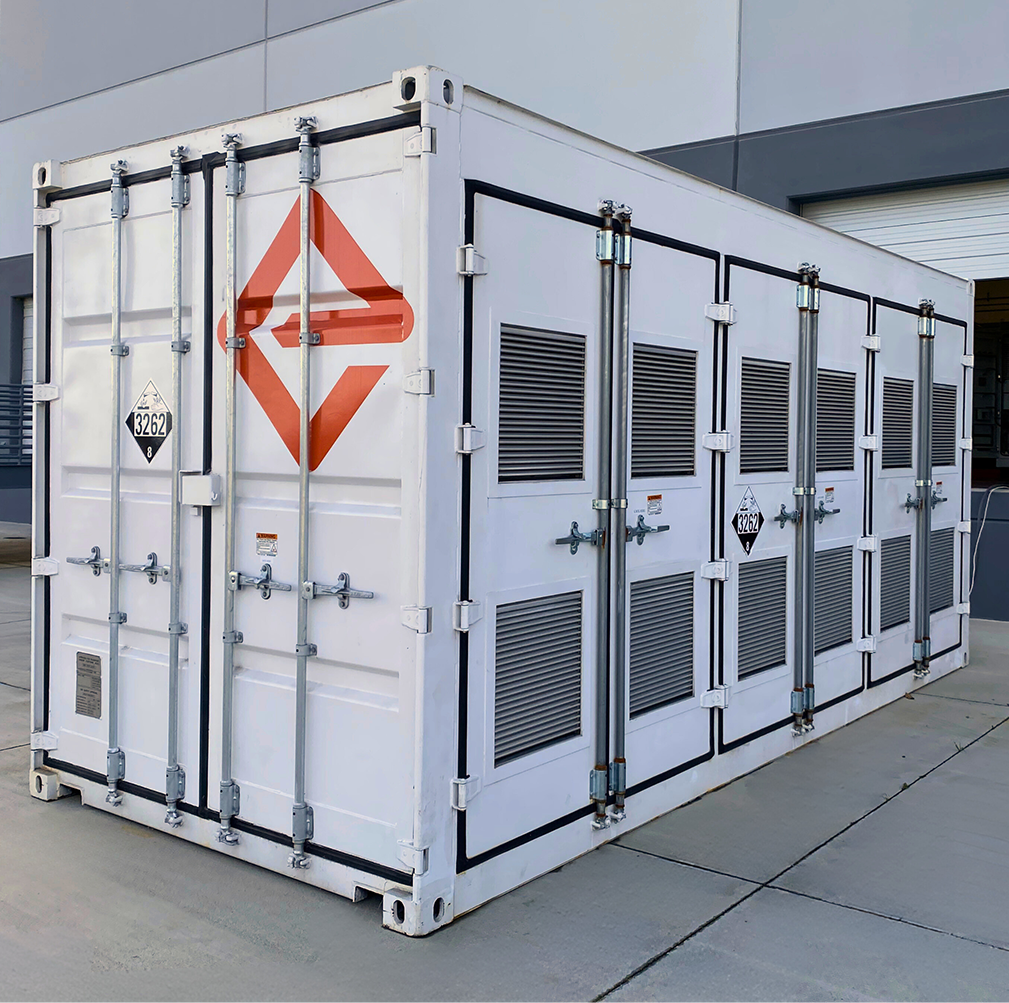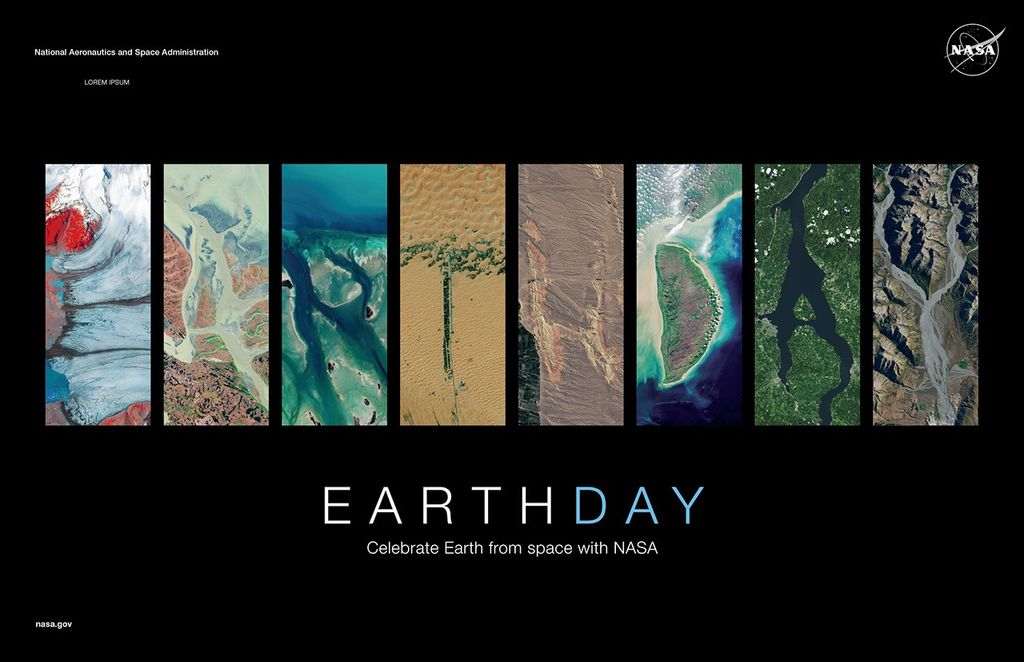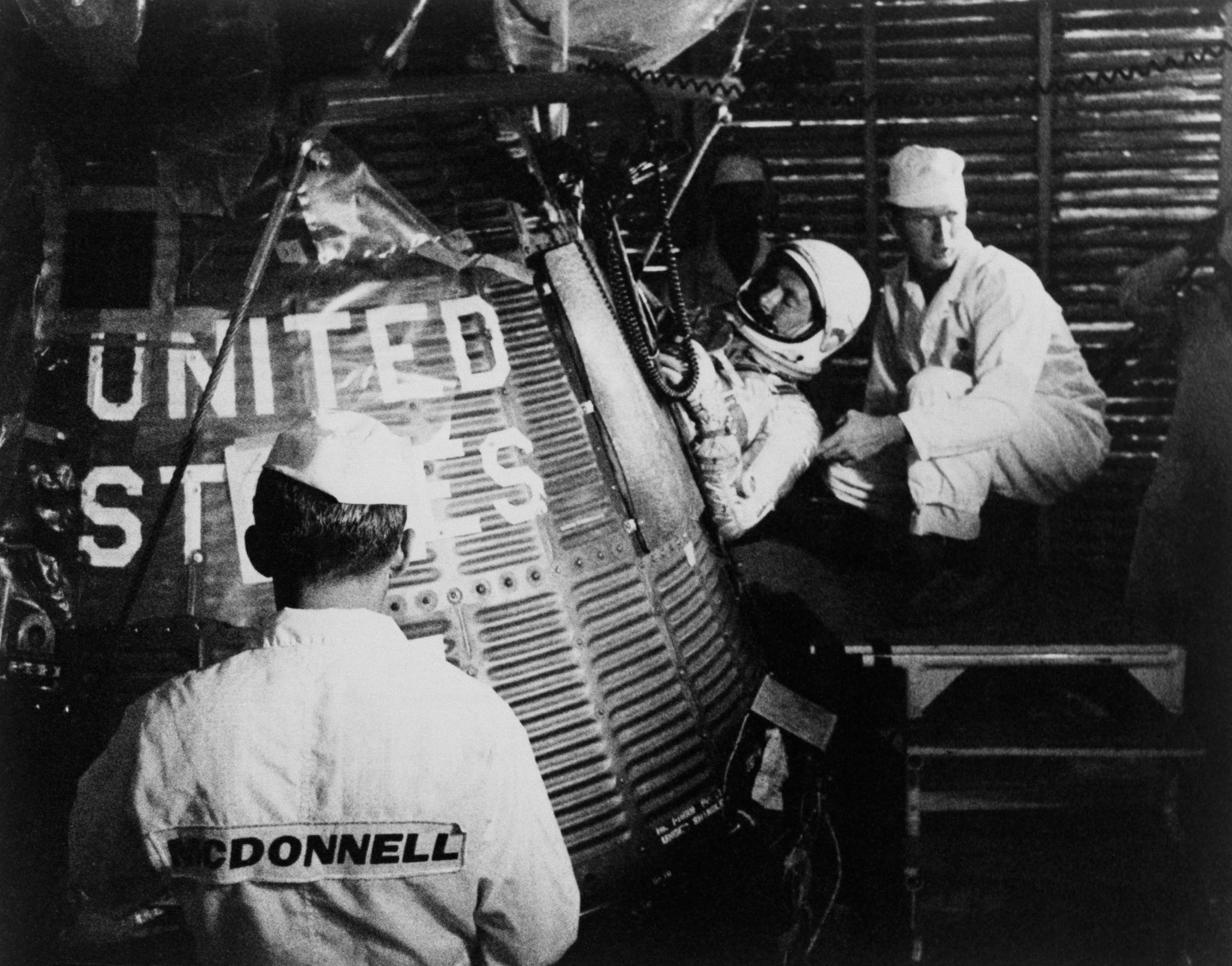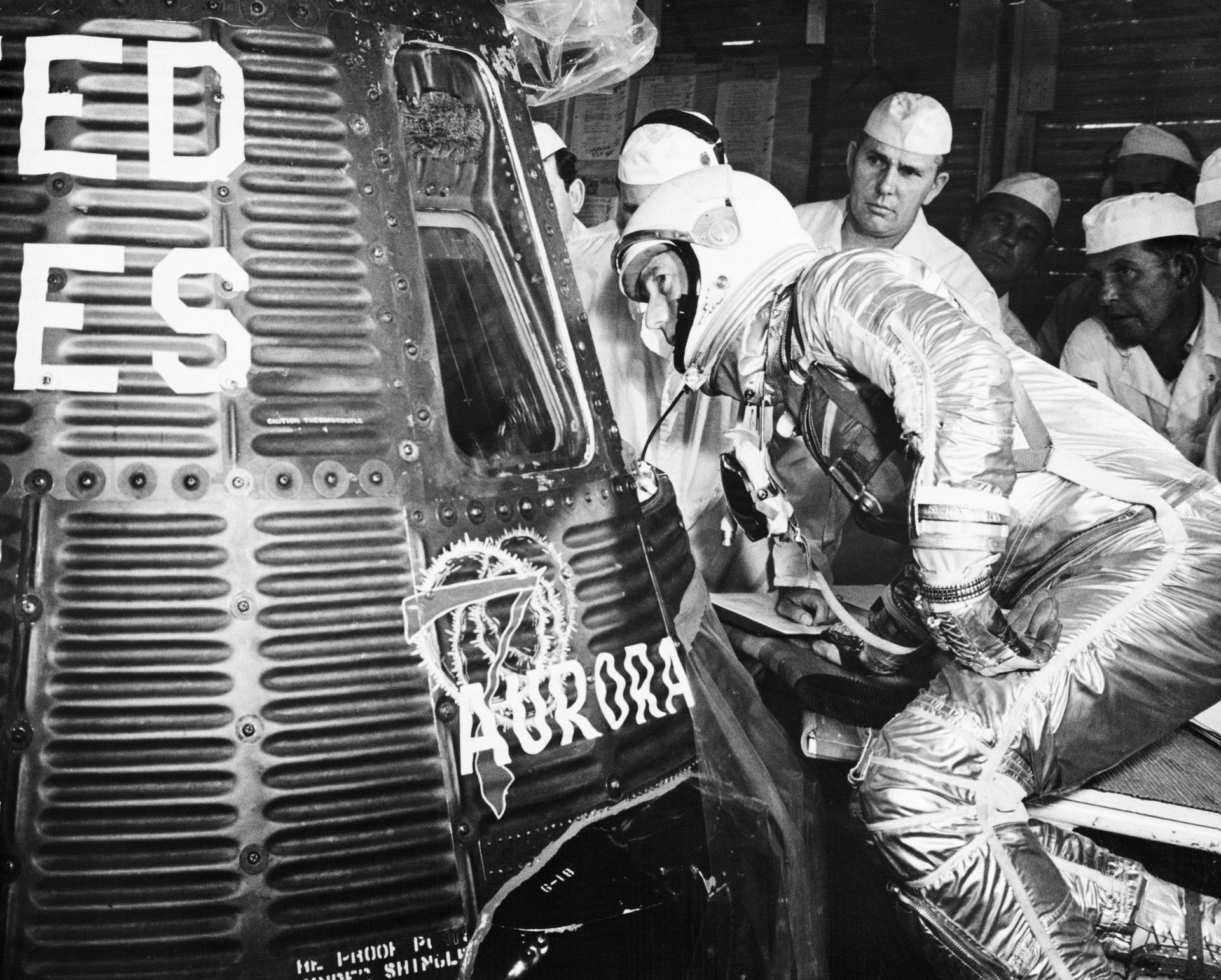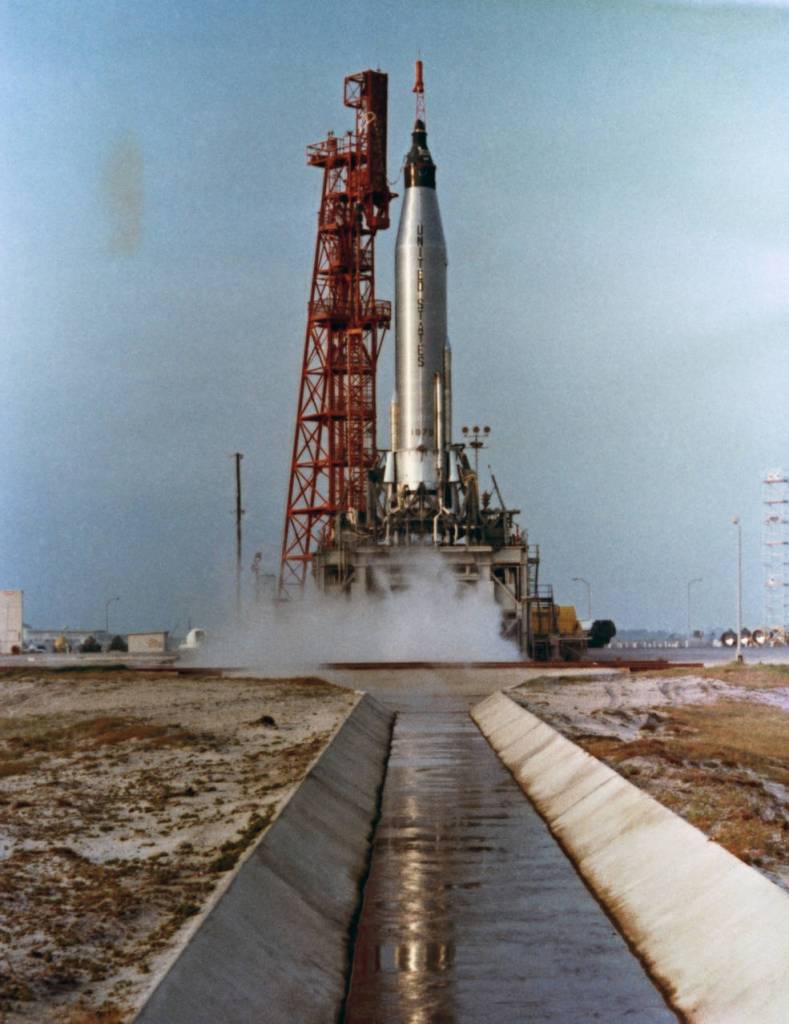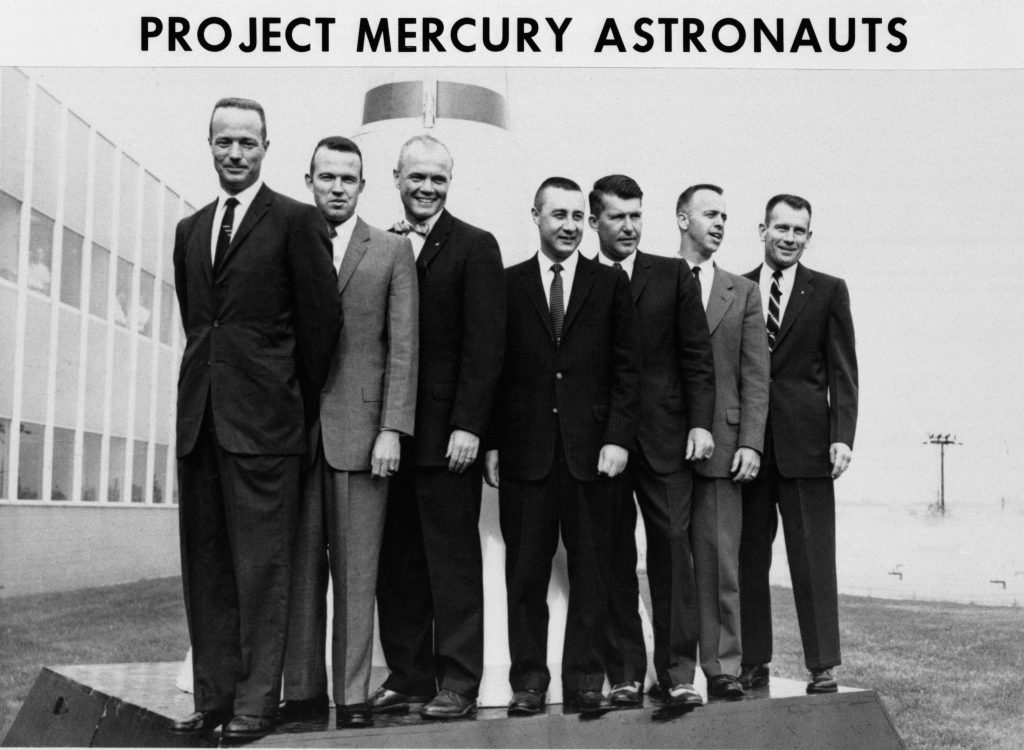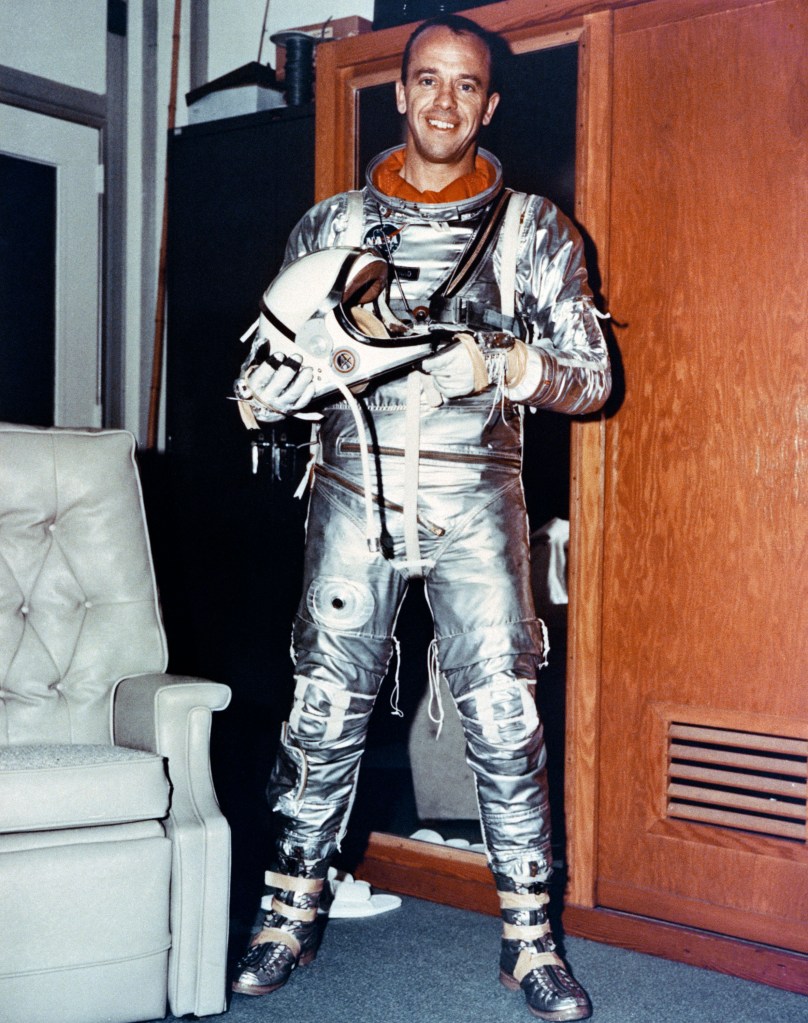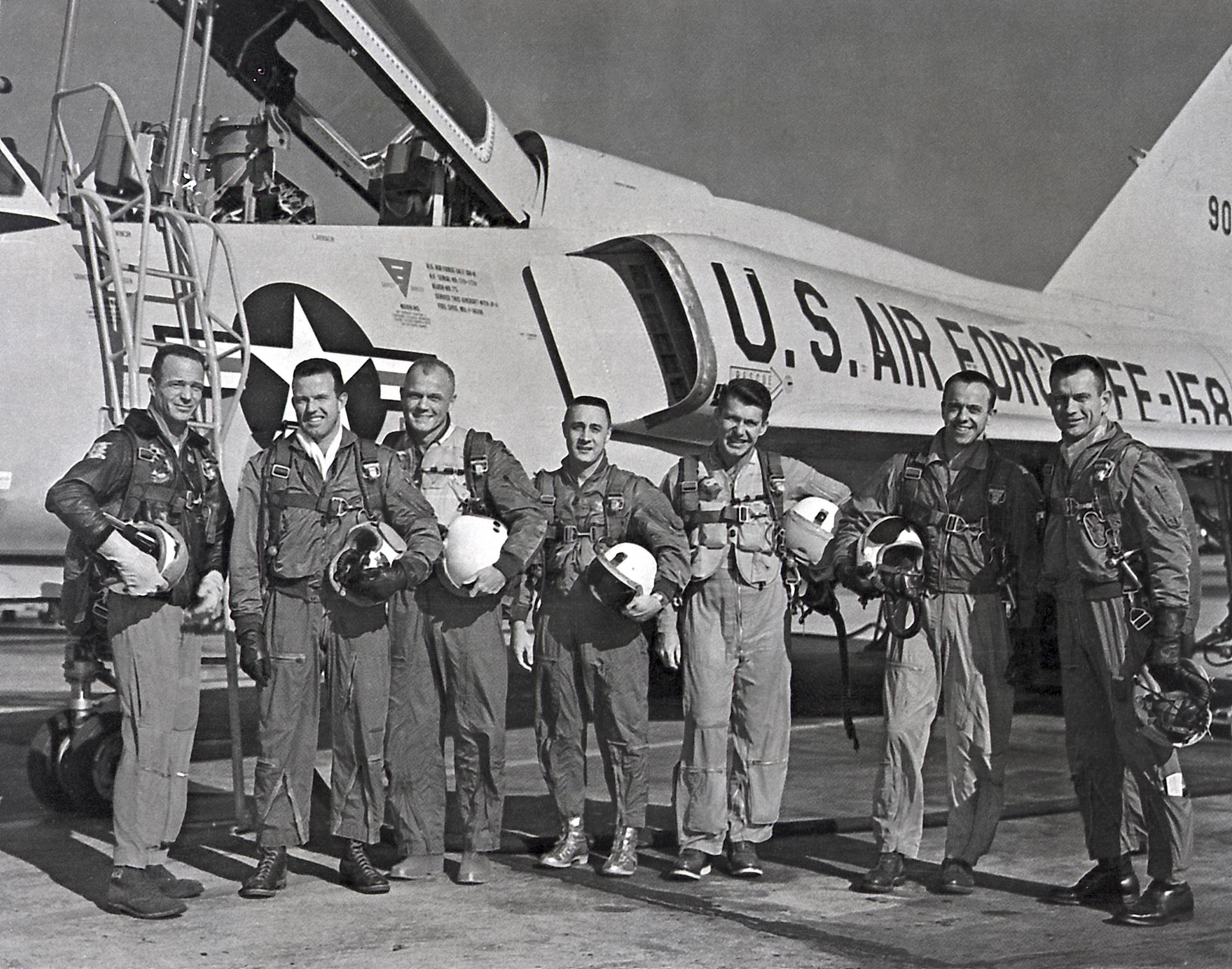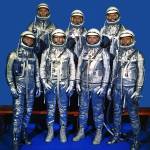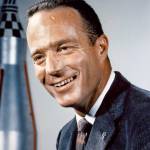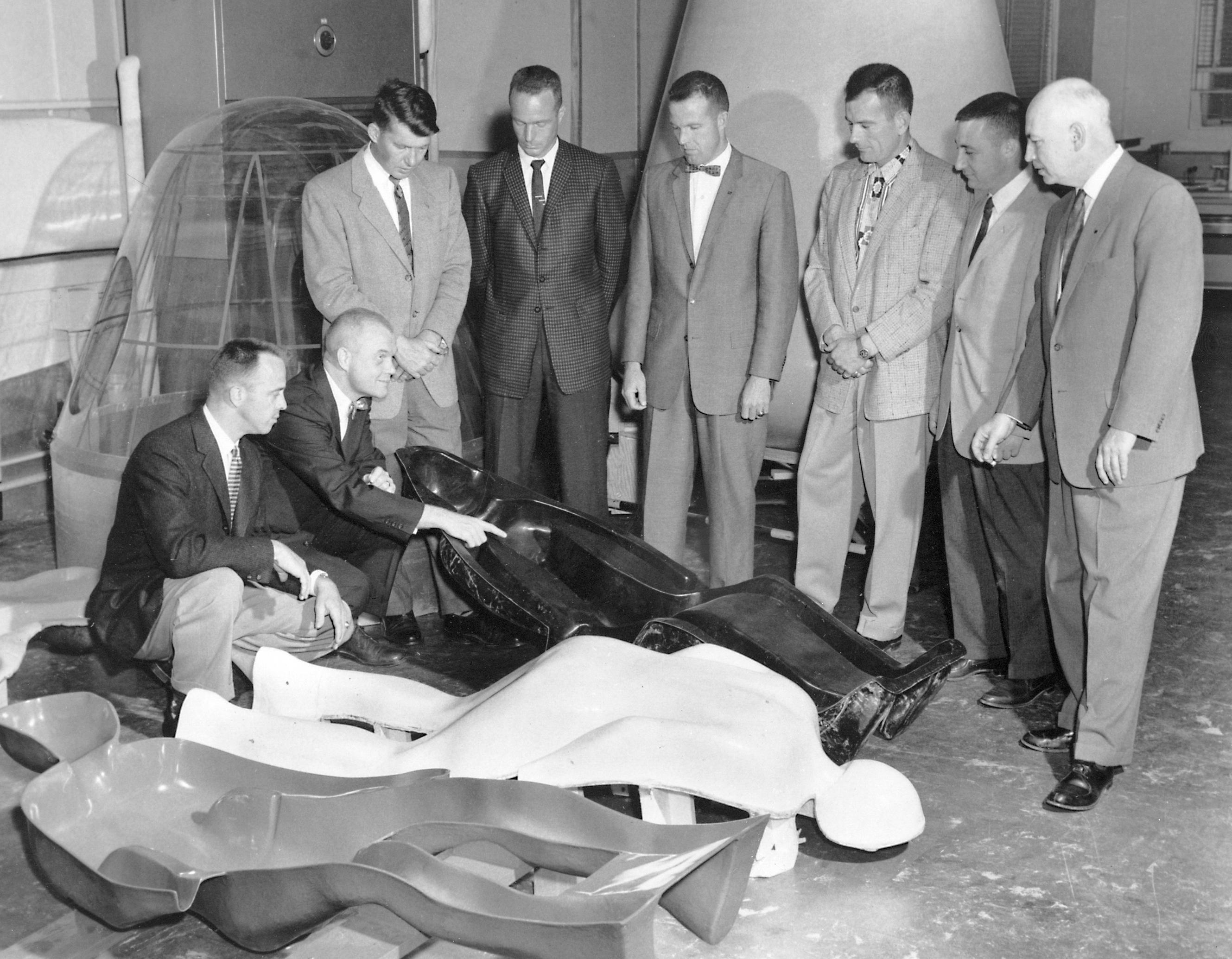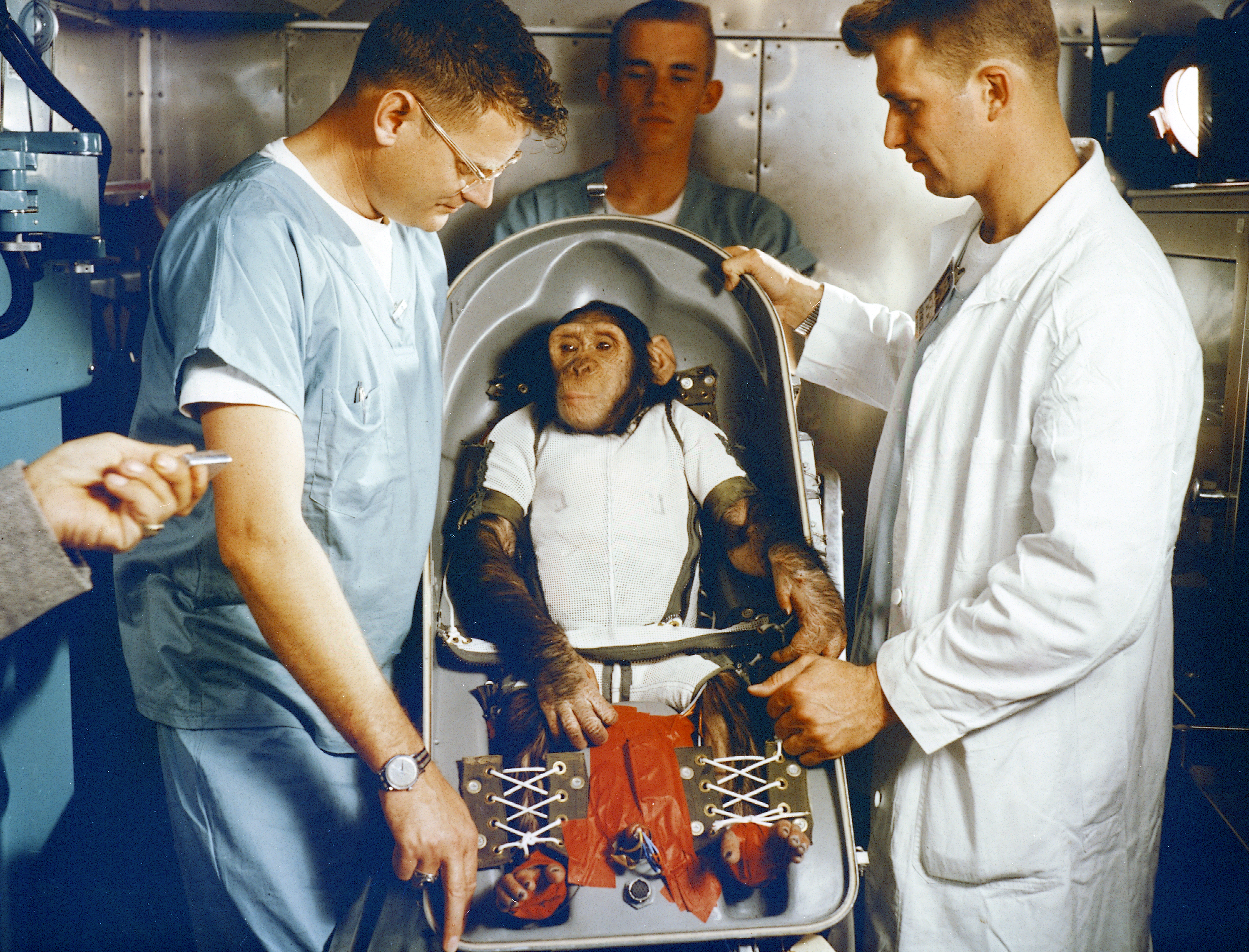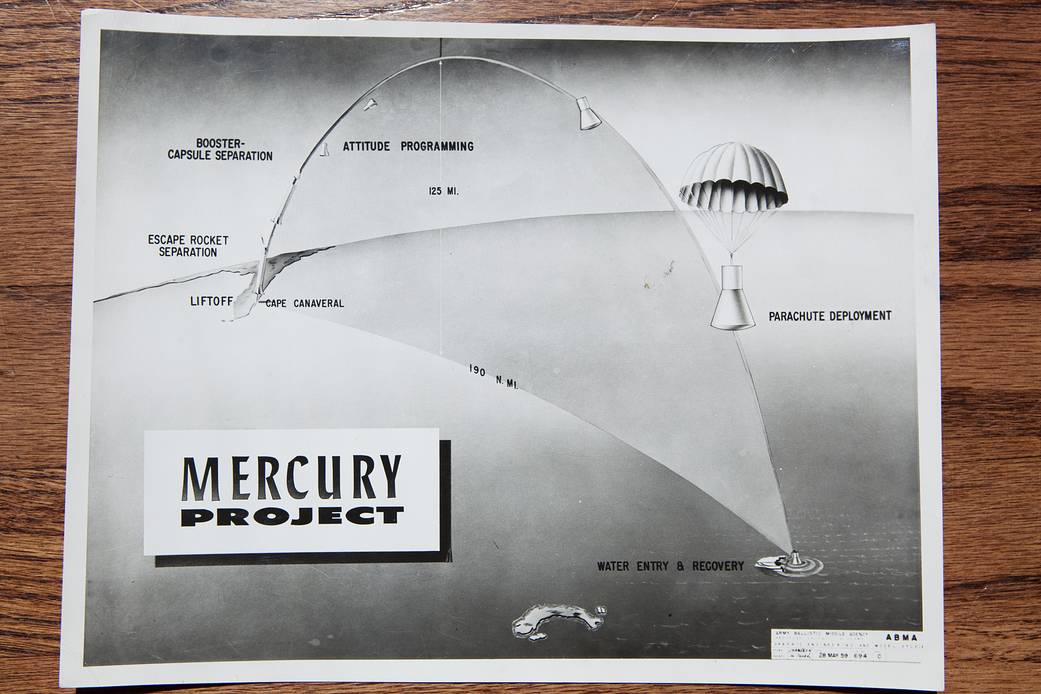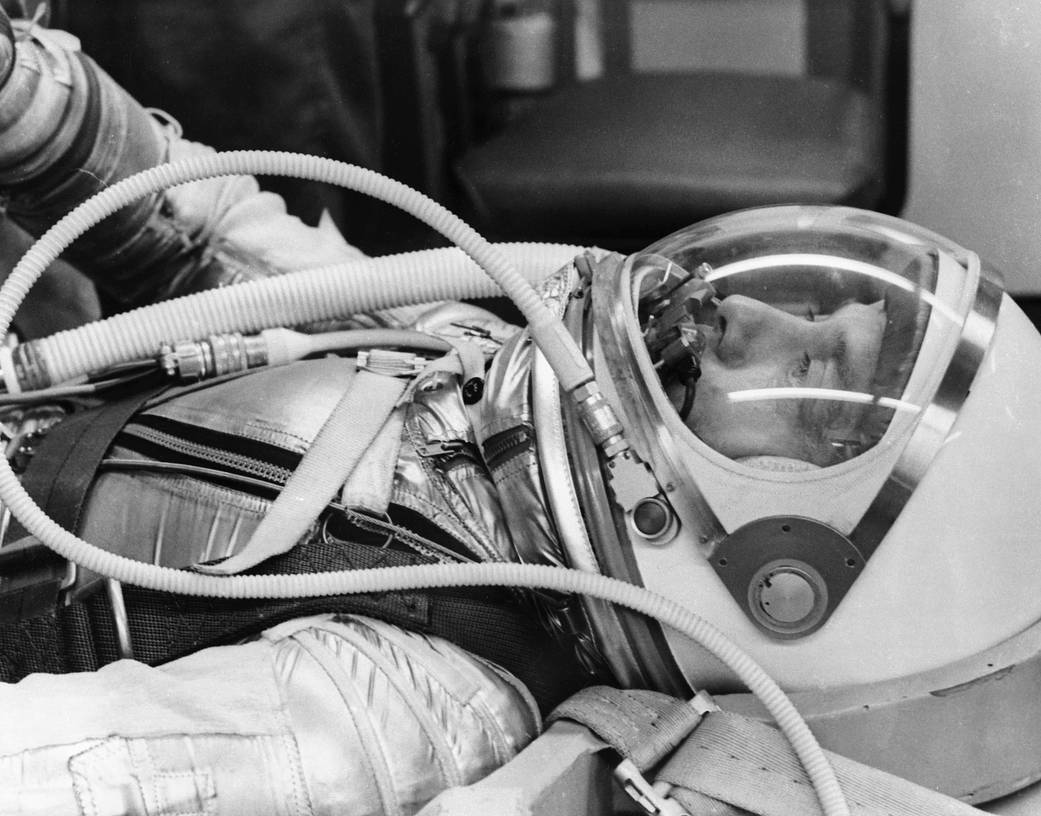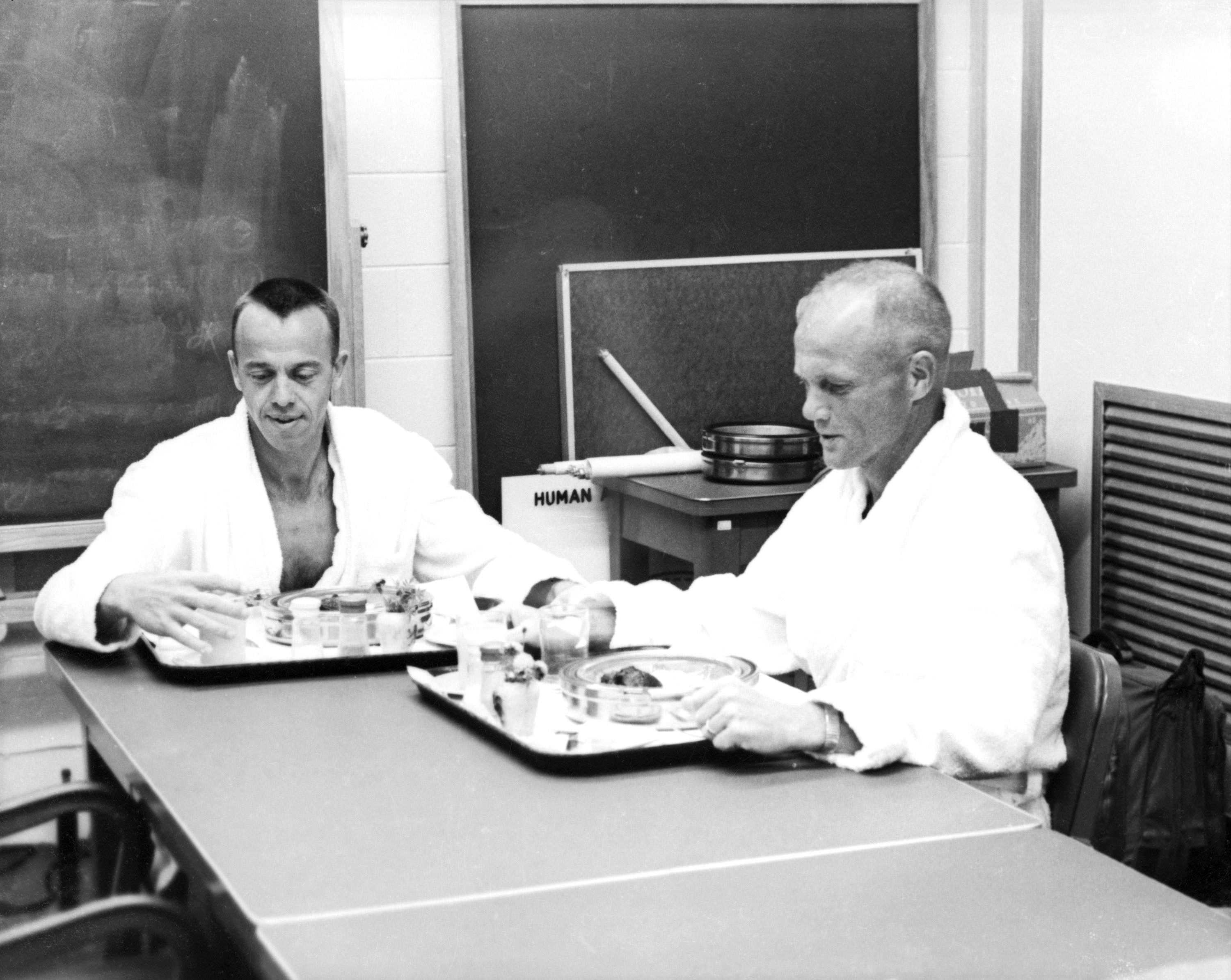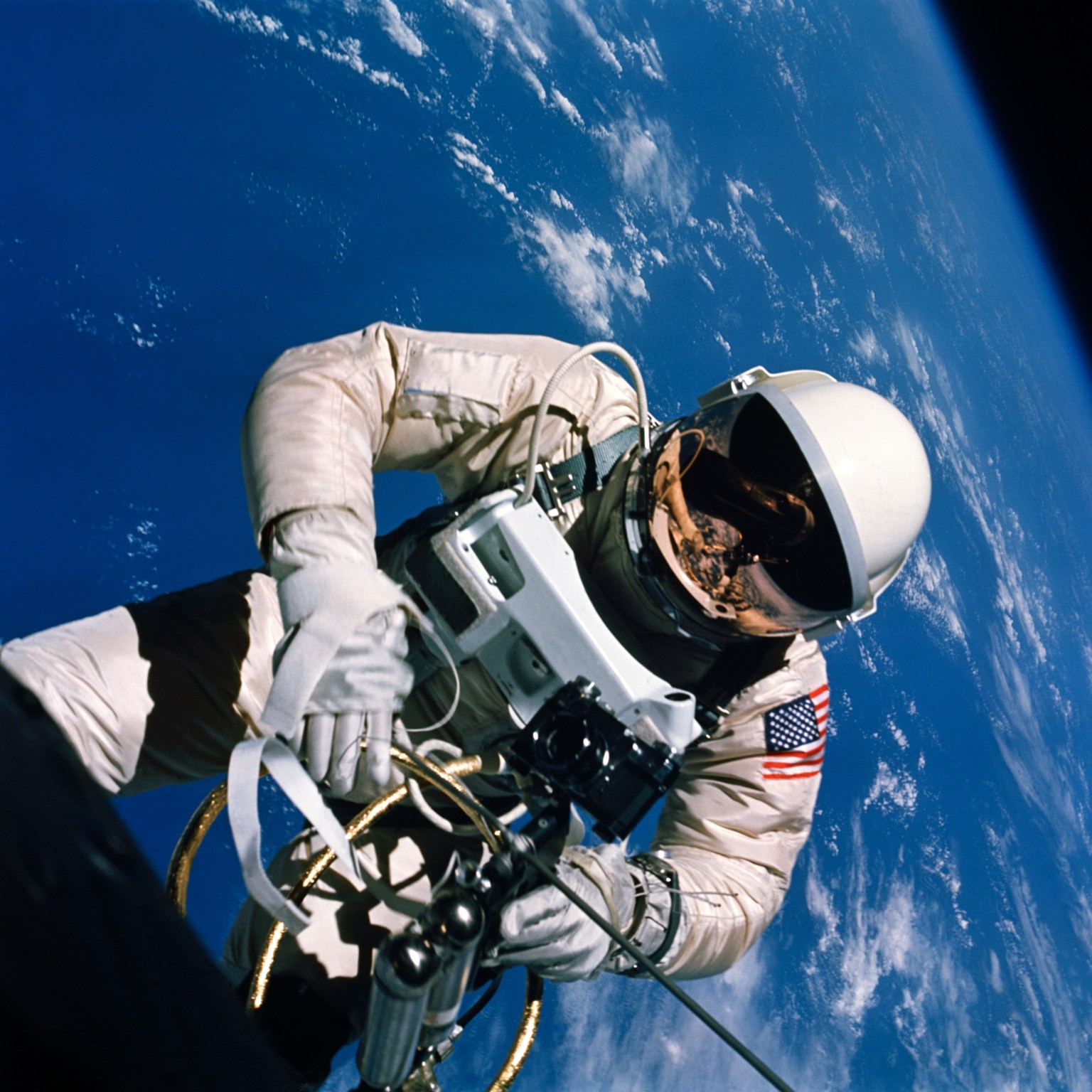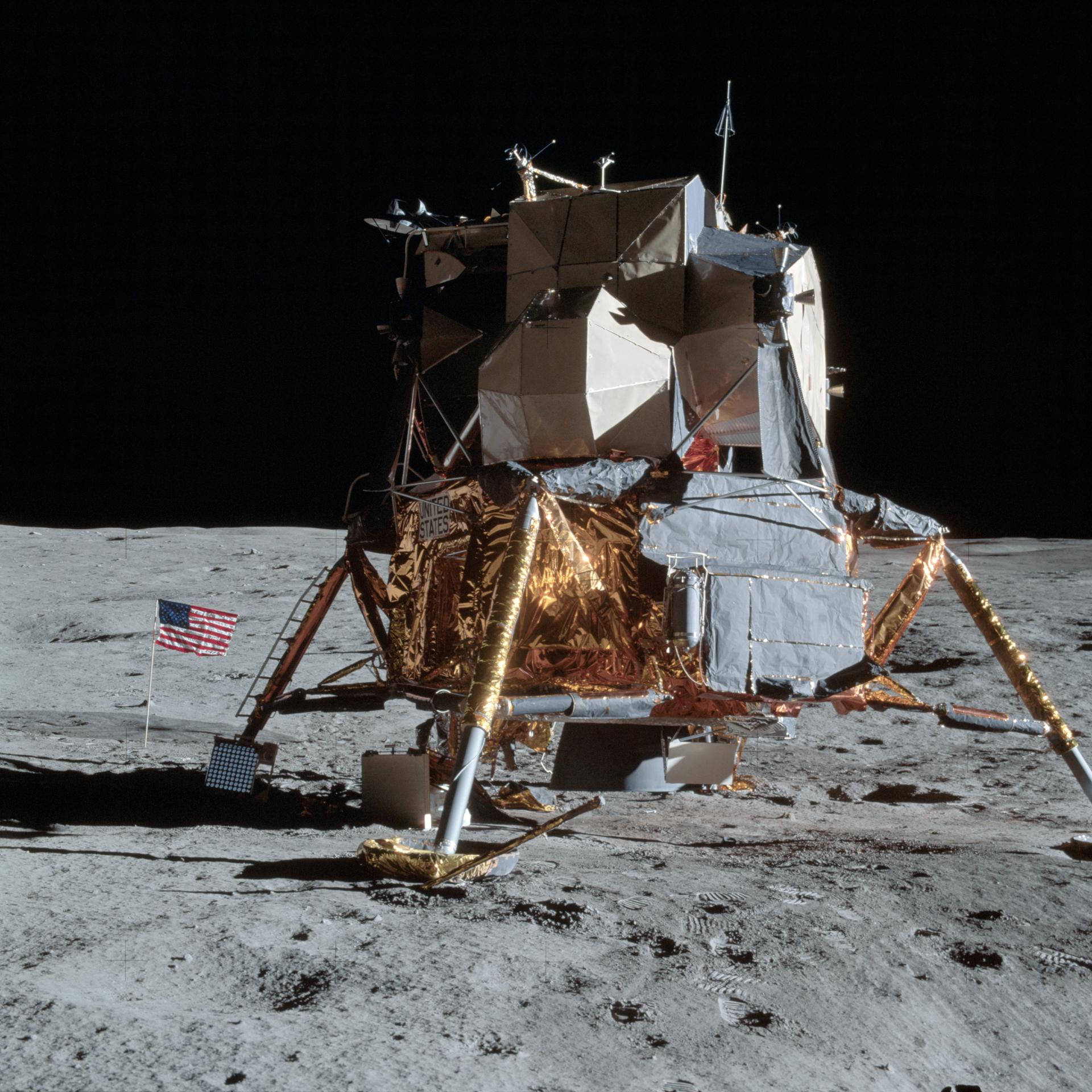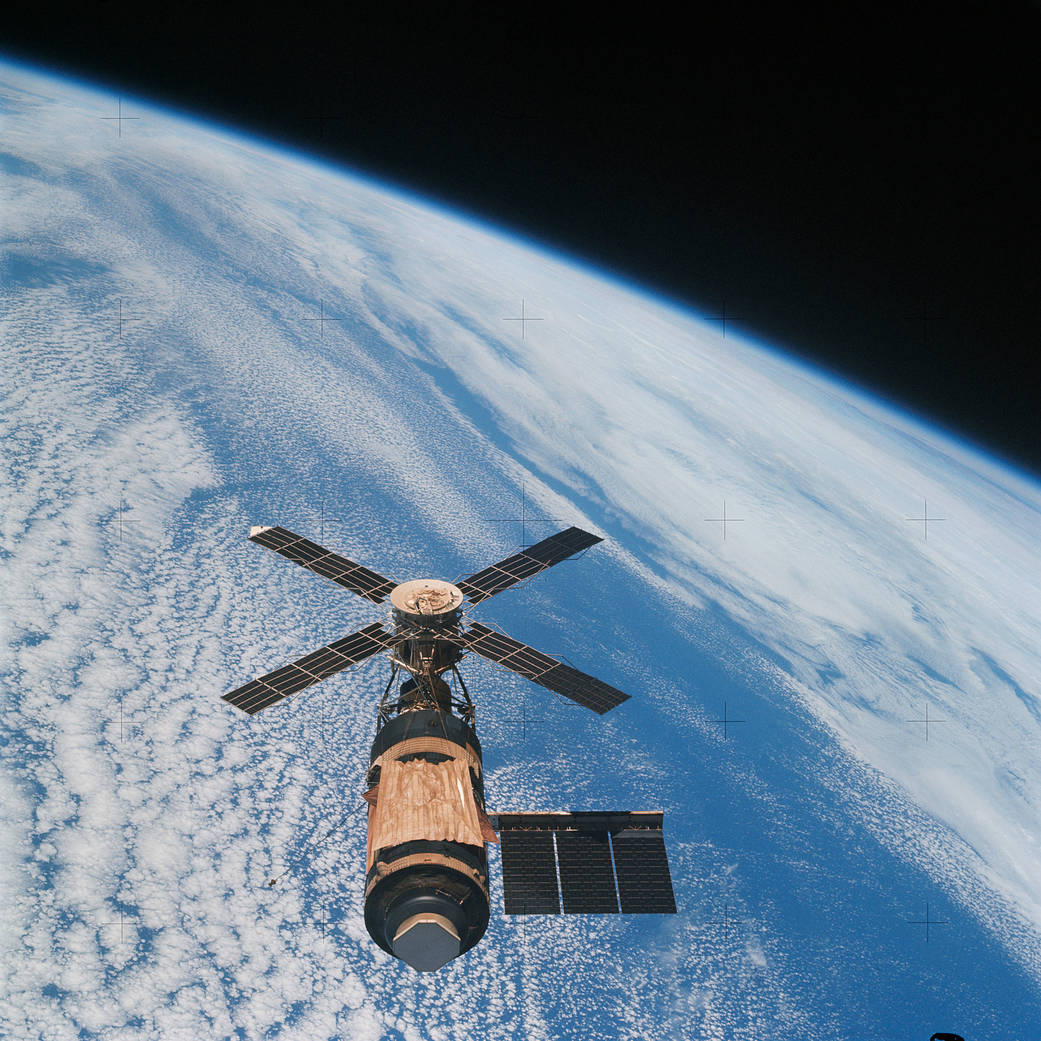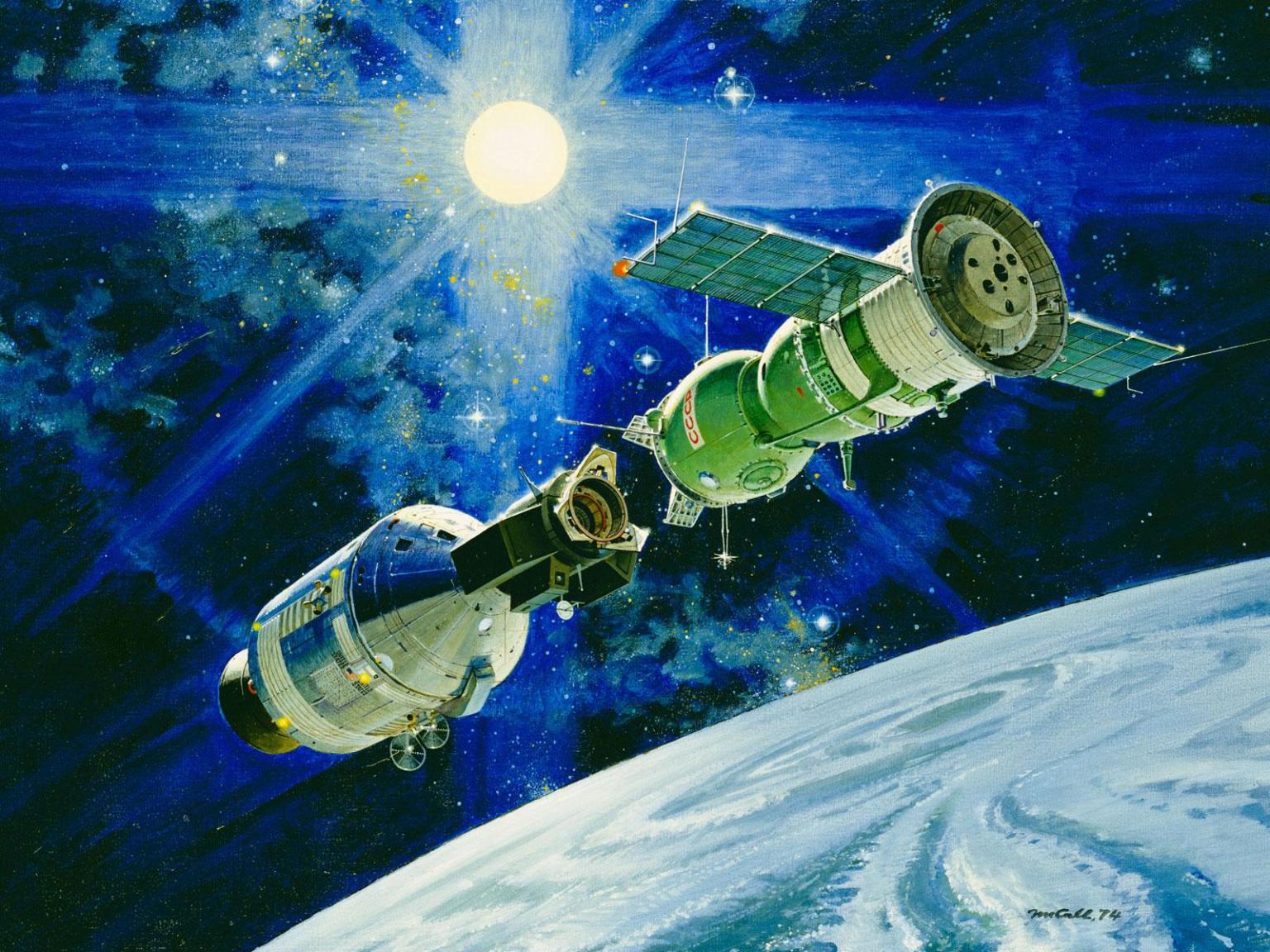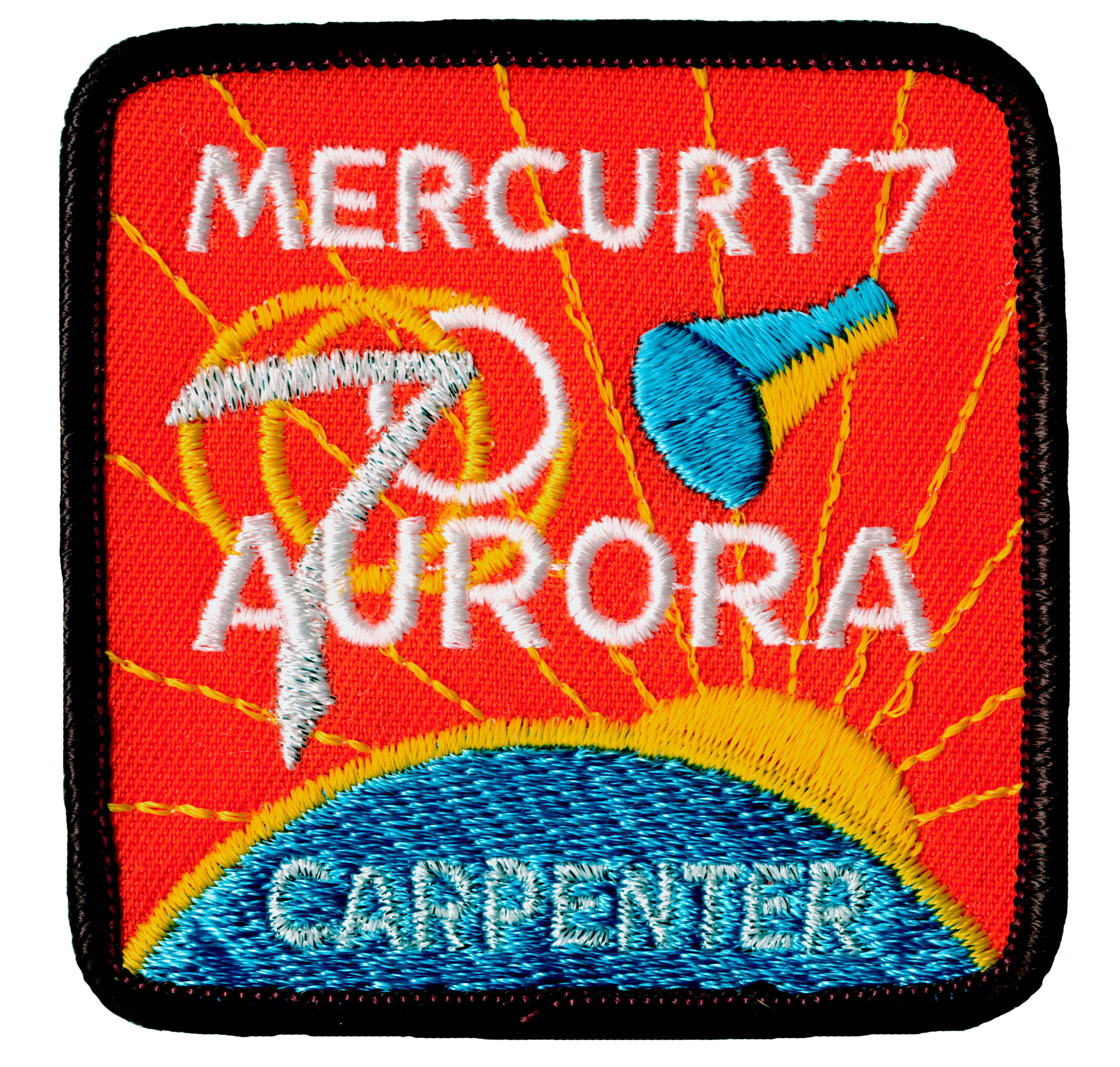
Mercury Atlas 7: Aurora 7
Astronaut Scott Carpenter completed the fourth crewed space flight of Project Mercury, circling Earth three times and performing experiments in orbit.
Mission Type
crew
Launch
Landing
Launch Pad: LC-14
Vehicle: Atlas (7)
Crew: M. Scott Carpenter
Payload
Spacecraft No. 18, Launch Vehicle Number 107-D
Mission Objective
Corroborate man in orbit.
Orbit
Altitude: 166.8 by 99.9 statute miles
Orbits: 3
Period: 88 minutes, 32 seconds
Duration: 0 Days, 4 hours, 56 minutes, 5 seconds
Distance: 76,021 statute miles
Velocity: 17,549 miles per hour
Max Q: 967 psf
Max G: 7.8
Launch
May 24, 1962, 7:45:16 EST. The launch countdown proceeded almost perfectly, with only a last-minute hold of 45 minutes occurring at the T-11 minutes mark in anticipation of better camera coverage and to allow aircraft to check the atmospheric refraction index in the vicinity of Cape Canaveral. The launch vehicle used to accelerate Carpenter and the Aurora 7 spacecraft was an Atlas D. The differences between the Atlas 107-D launch vehicle and the Atlas 109-D used for MA-6 involved retention of the insulation bulkhead and reduction of the staging time from 131.3 to 130.1 seconds after liftoff.
The performance of the launch vehicle was exceptionally good with the countdown, launch and insertion conforming very closely to planned conditions. At sustainer engine cut off (SECO) at T+5 minutes, 10 seconds, all spacecraft and launch vehicle systems were go and only one anomaly occurred during launch. The abort sensing and implementation system (ASIS) Hydraulic switch no. 2 for the sustainer engine actuated to the abort position at 4:25 minutes after liftoff. Pressure transducer H52P for the sustainer hydraulic accumulator was apparently faulty and showed a gradual decrease in pressure from 2,940 psia to 0 between 190 and 312 seconds after liftoff. Another transducer in the sustainer control circuit indicated that pressure had remained at proper levels so the switch did not actuate until the normal time after SECO.
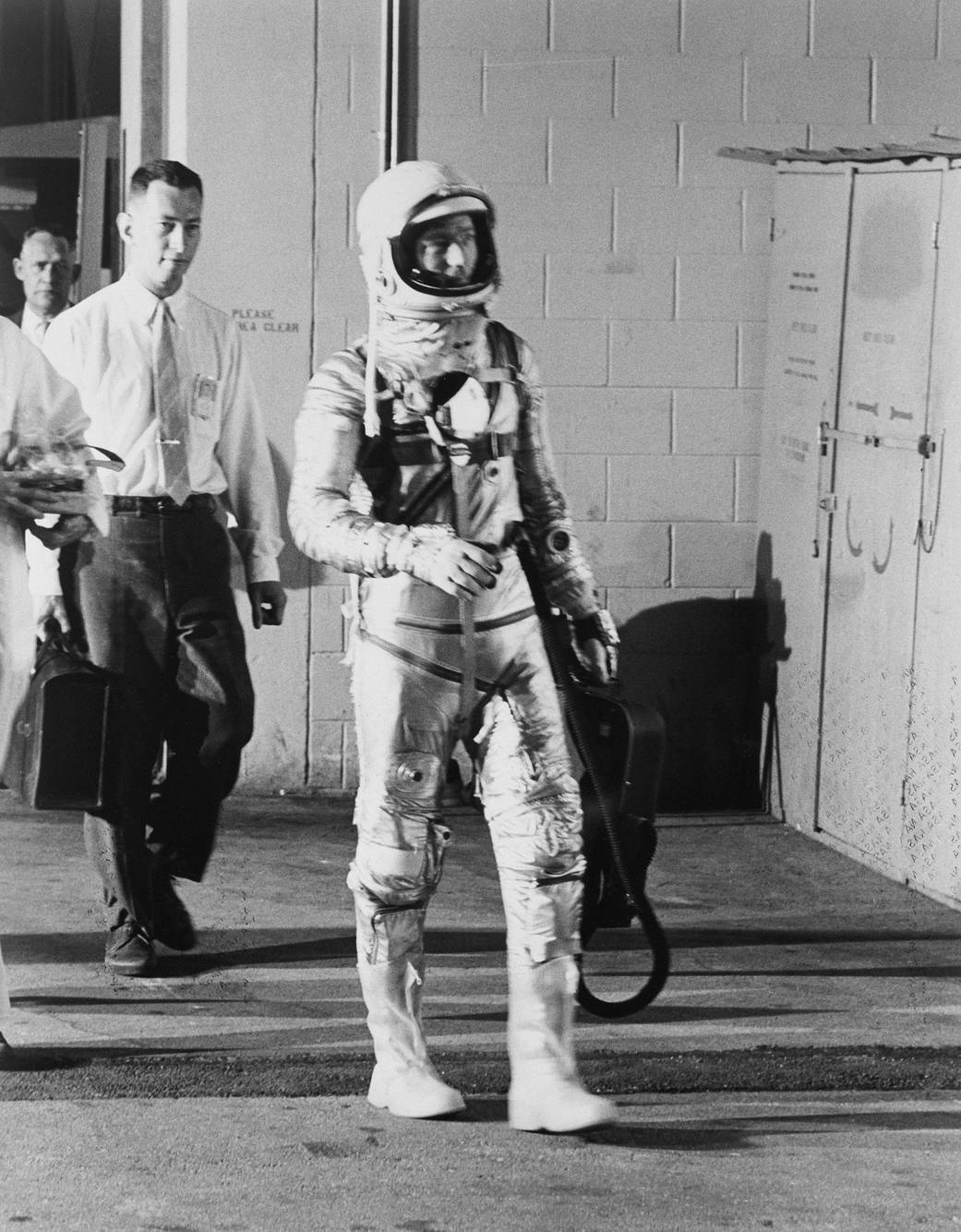
Landing
Date: May 24, 1962, 12:41 p.m. EST
Location: 19 degrees, 29 minutes North 64 degrees 5 minutes West
Details: Spacecraft overshot intended target area by 250 nautical miles. After landing, Carpenter reported a severe list angle on the order of 60 degrees from vertical and post flight photographs of the spacecraft taken after egress indicated approximately a 45 degree list angle. An Air Rescue Service SA-16 amphibian aircraft established visual contact with the spacecraft 39 minutes after landing (1:20 p.m.) and the USS Farragut, located about 90 nautical miles southwest of the calculated landing position was first to reach the capsule.
Carpenter was picked up by HSS-2 helicopters dispatched from the aircraft carrier USS Intrepid (CVS-11) while the destroyer USS Farragut (DLG-6) watched the Aurora 7 capsule until it could be retrieved with special equipment aboard the USS John R. Pierce about 6 hours later. A considerable amount of sea water was found in the spacecraft which was believed to have entered through the small pressure bulkhead when Carpenter passed through the recovery compartment into the life raft. The spacecraft was delivered by destroyer to Roosevelt Roads, Puerto Rico with the subsequent return to Cape Canaveral by airplane.
Mission Highlights
Total time weightless was 4 hours, 39 minutes, 32 seconds. The performance of the Mercury spacecraft and Atlas launch vehicle was excellent in nearly every respect. All primary mission objectives were achieved. The single mission critical malfunction which occurred involved a failure in the spacecraft pitch horizon scanner, a component of the automatic control system. This anomaly was adequately compensated for by the pilot in subsequent in-flight operations so that the success of the mission was not compromised. A modification of the spacecraft control-system thrust units were effective. Cabin and pressure-suit temperatures were high but not intolerable. Some uncertainties in the data telemetered from the bioinstrumentation prevailed at times during the flight; however, associated information was available which indicated continued well-being of the astronaut. Equipment was included in the spacecraft which provided valuable scientific information; notably that regarding liquid behavior in a weightless state, identification of the airglow layer observed by Astronaut Glenn, and photography of terrestrial features and meteorological phenomena. An experiment which was to provide atmospheric drag and color visibility data in space through deployment of an inflatable sphere was partially successful. The flight further qualified the Mercury spacecraft systems for manned orbital operations and provided evidence for progressing into missions of extended duration and consequently more demanding systems requirements.
May 24, 1962: Scott Carpenter Orbits the Earth aboard Aurora 7
Naming his spacecraft Aurora 7, Carpenter completed three orbits of the Earth, conducting several experiments including photography of the planet.
Learn More about May 24, 1962: Scott Carpenter Orbits the Earth aboard Aurora 7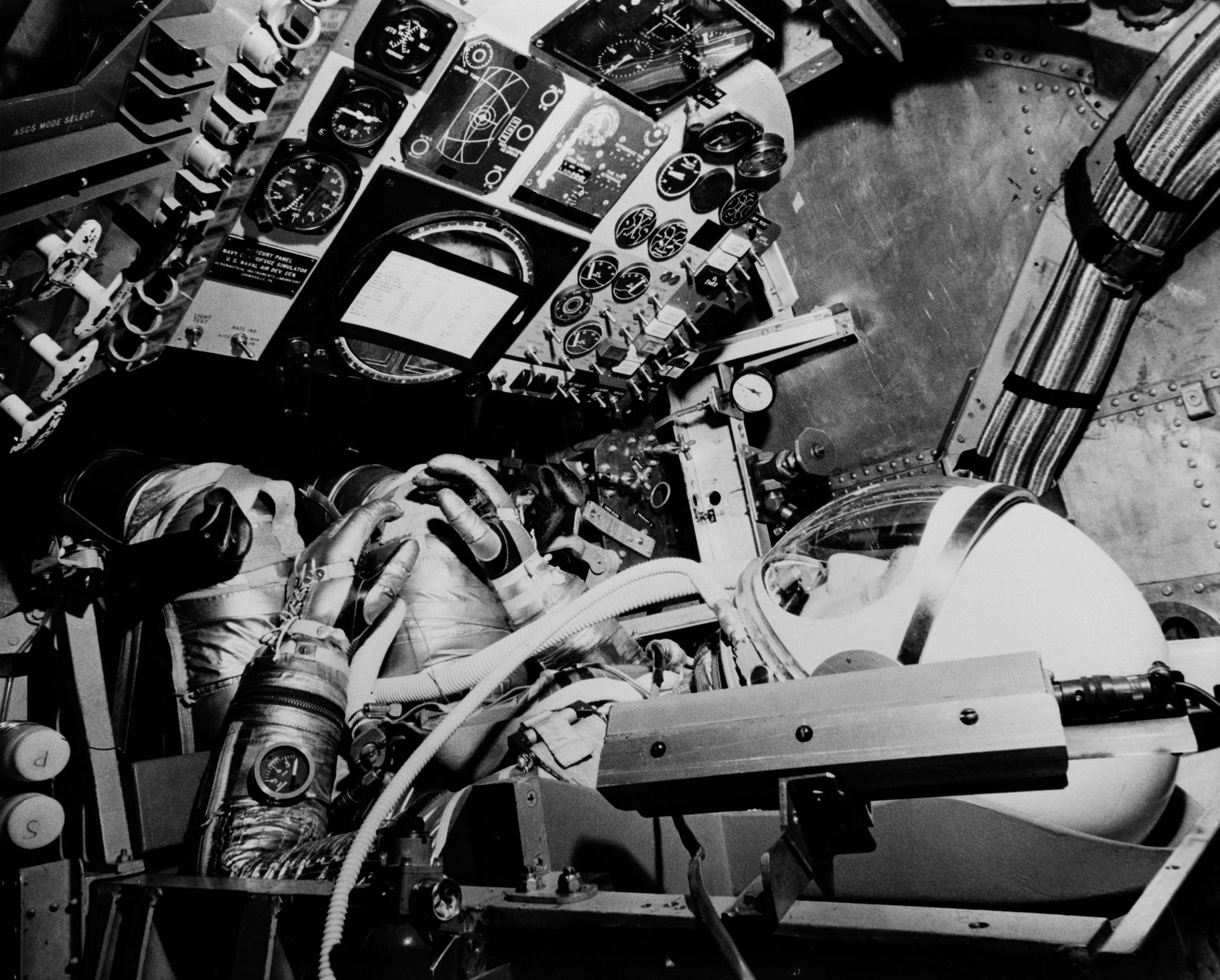
Mercury-Atlas 7 Articles

At 7:45 a.m. on May 24, 1962 Scott Carpenter’s Mercury-Atlas Aurora 7 lifted off from Cape Canaveral, Florida. Five minutes…
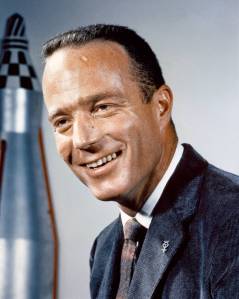
On May 24, 1962, astronaut M. Scott Carpenter completed America’s second orbital spaceflight during the Mercury-Atlas 7 mission. Carpenter flew…
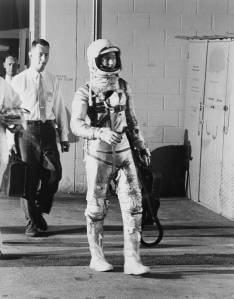
Astronaut Scott Carpenter walks to the launch site to begin the Mercury-Atlas 7 (MA-7) mission on May 24, 1962. Carpenter's…


